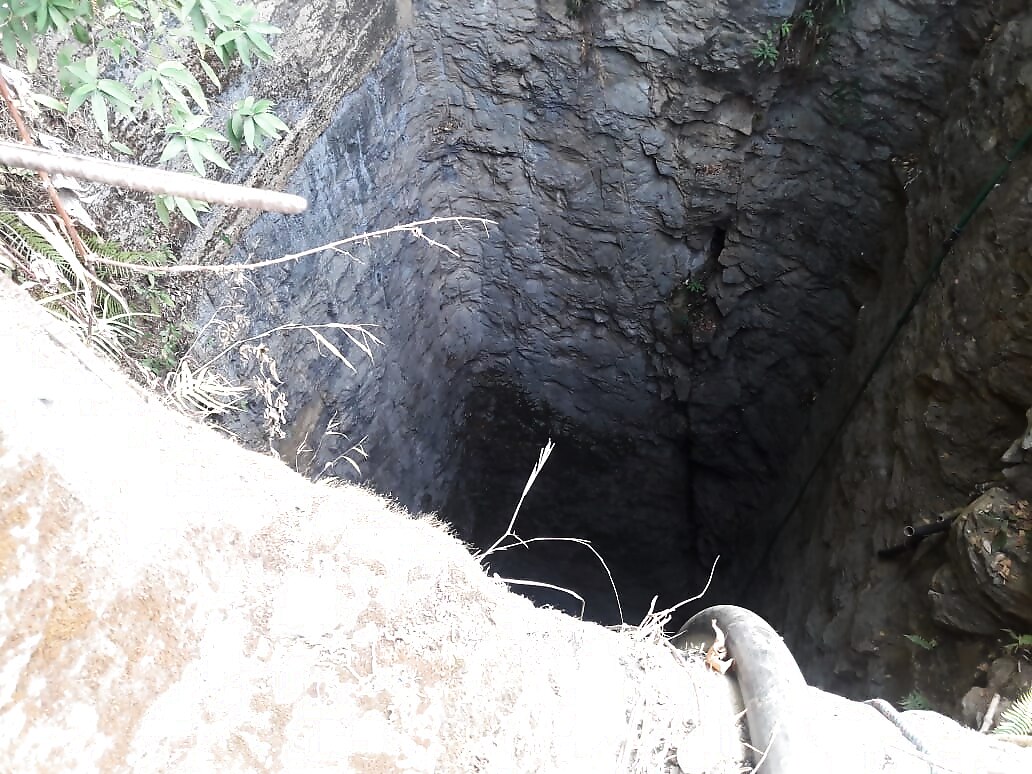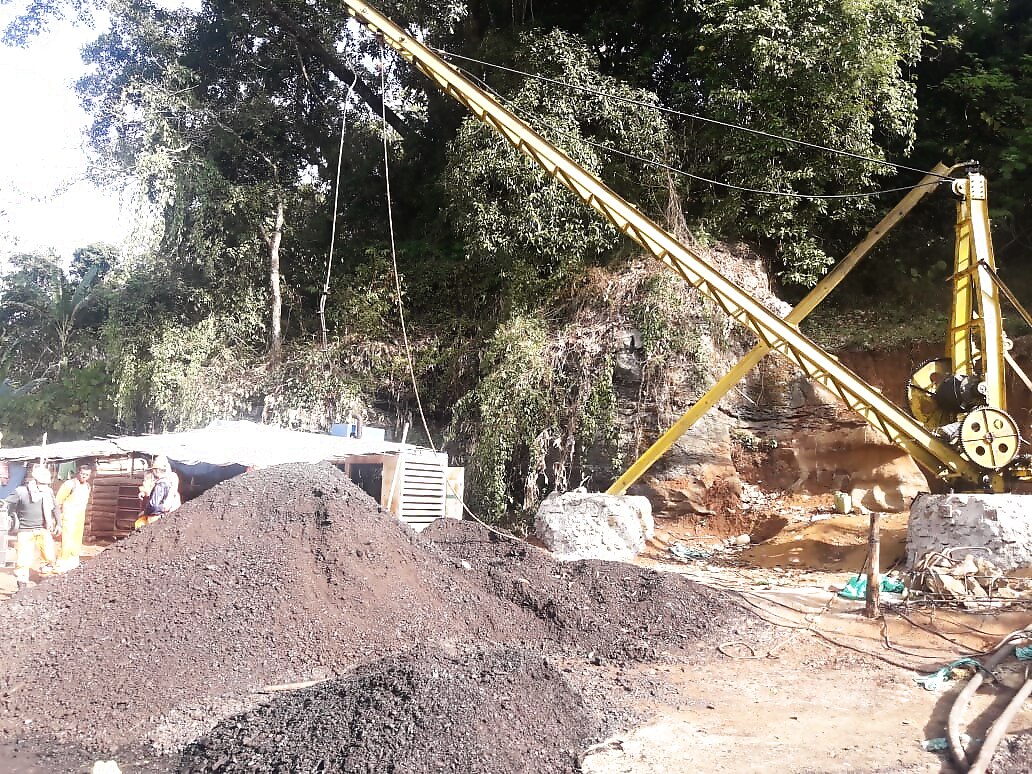
views
New Delhi: A senior NDRF officer, who is overseeing the nine-day rescue operation at the coal mine in Meghalaya where 15 workers are trapped and feared dead, says the specialised task force has in its 12 years of existence “never dealt with such a crisis before”.
The National Disaster Response Force (NDR) is India’s premier agency constituted "for the purpose of specialist response to a threatening disaster situation or disaster”.
The situation on ground hasn’t changed much despite the rescue team having tried everything — from sonar radios to heavy water suction pumps and all the other resources they could utilise.
“This is way beyond what we’re equipped for. The situation is simply too adverse. Since the mine was being run illegally, we don’t have maps to help our divers navigate. We deployed huge machines to drain out water but after a day, water level had not dropped by even a centimetre,” the senior NDRF officer told News18.
“It is a 320-feet drop down the shaft, of which the last 70 feet is completely submerged in water. And has turned completely black after getting mixed with coal. It is too deep and our divers are literally blind down there,” the NDRF officer said. The chances of finding the 15 miners, who were trapped in the coal mine flood over a week ago, are next to impossible, he added.

There are eight divers on stand-by but they can only go in when the water level is around 30-40 feet. Currently it is over 70 feet in these 250-feet deep coal mines.
News18 has accessed the status report submitted by the East Jaintia Hill District administration to the Additional Chief Secretary of the state. The report states that in spite of continuous pumping all through the day, the water level has not gone down.
The coal mine shaft is suspected to be interlinked with over 20 such shafts spread over area of five kilometres. These shafts are located 11 feet below the Letein river, the main source of the flood water. The report says water from 20-odd shafts needs to be pumped out continuously over a period of one month, to bring the water level down.

Based on their investigation, this is what the rescue workers have been able to find out so far:
1. For the first time, in perhaps years, a contractor, who is absconding, decided to make a quick buck and lowered around 20 miners into the shaft.
2. The miners, in all likelihood, breached a wall which separated a rivulet flowing 800 feet from the mine, which caused water to gush into the mine and fill it to the brim. If this indeed was the case, the mine must have filled with water in less than a minute, an expert says.
3. The mine is basically a narrow well 250-feet deep. At the end of it is a cubicle measuring roughly 18 cubic feet. From this cube, ‘rat-hole mines’ shoot off in all possible directions. (Rat-hole mining is a primitive and illegal method in which miners dig small tunnels to look for, in this case, coal. They keep digging haphazardly, depending on the availability of coal.)
4. The first ‘rat-hole’ started 70 feet after this cube. So the miners are at least 320 feet below the ground in any one of the numerous rat-holes already dug in the pit.
5. Advanced sonar radio machines, signals from which have been sent to detect the miners, have so far not received any signal hinting at the presence of miners.
“Some specialised machines supervised by coal mining experts have been brought in to drain the water out, but even these huge machines could take months to suck water out of the mine,” said an officer.
To explain the difficult circumstances in which rescue workers were operating, the officer said, “In absolutely clear water, one can usually see up to five feet, in muddy water the visibility drops to three feet. Right now, our divers are groping in absolute dark in an interlinked network of rat holes, more than 300 feet deep.”
The workers perhaps had no idea that the mine had been abandoned so long ago. “What we have understood after questioning a lot of mining contractors is that mine workers do not go near such dangerous, abandoned mines. Our guess is that those trapped inside were probably not told about the dangers.”
While the search is still going on, the officer said the chances of finding the miners alive were “next to impossible”.
The reason why the practice is called ‘rat-hole’ mining is because coal is brought out through narrow tunnels that are big enough for only one worker at a time. These tunnels are often more than 250-300 feet deep and are used to reach the coal seams.
Some activists had moved National Green Tribunal (NGT) against the ‘inhuman’ method which damages Meghalaya’s fragile ecosystem, and consequently the practice was banned. The order was challenged by the Coal Mine Owners in Supreme Court, where the matter is still pending a decision.


















Comments
0 comment